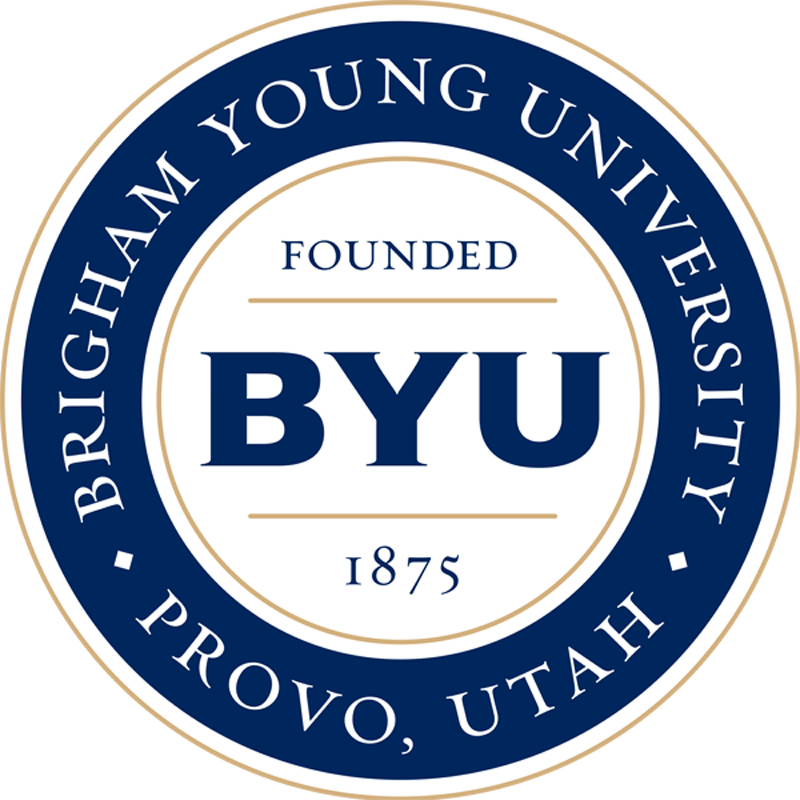Lesson 2: Team Processes
Developing Goals
Developing goals begins with a purpose or mission statement that describes the purpose or the big picture of the team. At times this mission statement is given to the team as assigned from a superior. Other times the team is able to describe the task they wish to achieve. In either case the mission statement describes the goal of the team. From here team members divide the mission statement into achievable goals. These goals become the path or map for team actions and decisions. It sets out what each goal is, projects time lines and deadlines to accomplish the task and determines the progression each team achieves.
Properly set goals help the team members combat individual agendas or non-complimentary goals that work counter to the team's purpose. While many have set goals as part of previous team experiences, setting goals in a GV team environment becomes quite complicated because of virtual technologies. Goal setting needs to involve all team members, but it is difficult to engage all team members depending on the virtual technology being used.
In one recent example of a GV team located in two end points, one half of the team set team goals and submitted them to the other half of the team for modification and approval. This approach is not recommended. Instead all team members should be involved in discussing and committing to the team objective and goals. Each team member needs to express his or her opinion regarding what goals are needed and the importance of each goal. Each goal needs to be specifically described so it is clearly understood through the virtual technologies and considers cultural influences.
Time lines need to consider cultural influences such as commitment to family, religion and cultural holidays. For example, American Thanksgiving is a culturally significant holiday where family members and friends celebrate the things for which they are grateful. Often it is a time of families coming together for a visit. Although the actual holiday is always on a Thursday, it is common for many to stretch this holiday into Friday and the weekend. What would appear to be a single day holiday in truth is usually a four- or five-day holiday. Team members not experienced with American culture would need to gain an understanding of this and other holidays so expectations are not too high during holiday times.
Ultimately setting goals and objectives allows each team member to express his or her opinion, exercise his or her expertise, and commit to successfully completing the project. It serves as a document to remind team members of their commitment to the team. It focuses and unites the team. When problems do arise, it serves as a framework that anchors the team and its purpose. However, the document should also allow for flexibility when one part of the project becomes more difficult (or easy) than anticipated. It should also allow for changing circumstances of team members. For example, on a recent team, one member was pregnant and expecting to deliver during the project time line. Knowing the approximate due date allowed the team to adjust team goals to fit this circumstance and be flexible when the baby arrived. Goals should have a mechanism to allow the goals to be adjusted to fit unique characteristics of the team. The greater the interactions between and among team members the stronger the sense of purpose.

